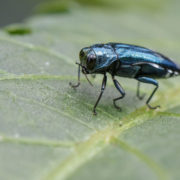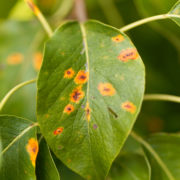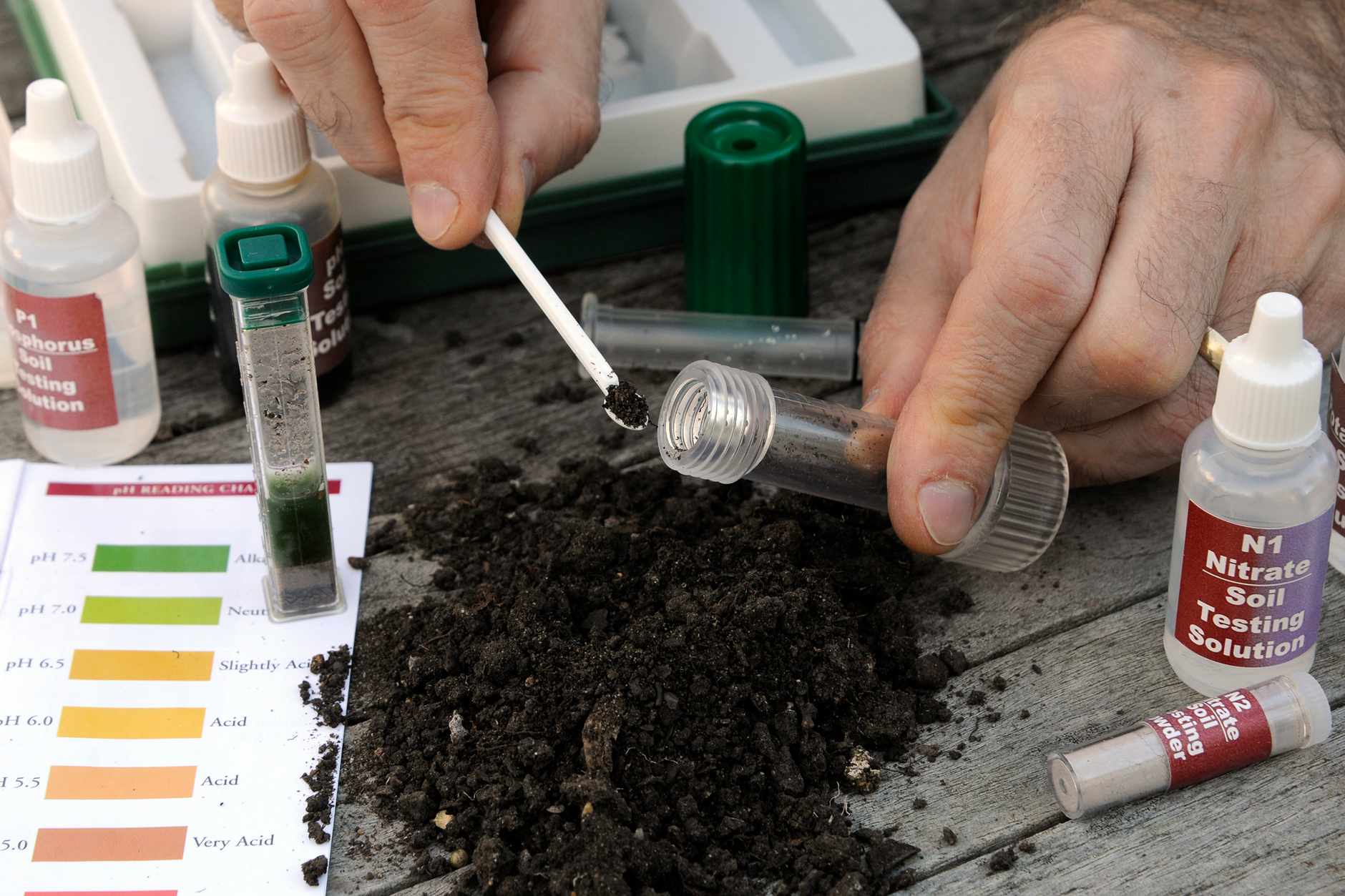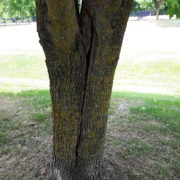Tree Killers: The decline of the Ash Trees
Over the last few years, there has been a great die off of Ash Trees in Ontario. The cause of this die off is due to the Emerald Ash Borer, killing millions of ash trees across Canadian forests and urban areas.
What is the Emerald Ash Borer?
The Emerald Ash Borer is an insect pest from Asia, specifically from China, that feeds on and kills ash trees. These insects kill the trees by cutting off the flow of water and nutrients by feeding underneath the bark. All species of ash trees are susceptible, except for the mountain ash which is not a true ash. Once a tree is infested with Emerald Ash Borers (EAB), mortality is inevitable and will wither within 2-3 years. When the beetle arrives to an area, within 8-10 years 99% of all ash trees in that area will die. Adult Ash Borer’s can fly and spread locally, which makes it virtually impossible to eradicate these pests.
The Importance of Ash Trees
Ash trees are known as pliant and strong, but also light in weight. They provide consumers with wood products and wildlife such as cardinals, wood ducks and finches with food. White ash trees create products such as baseball bats, hockey sticks, gardening tools, guitars and furniture. Five varieties of ash grow in the province – black, blue, pumpkin, red and white, white being the most common. Black ash wood is not as strong as white ash, but is used for furniture when a grainy look is desired. Some of southwestern Ontario forests were made up of 90 percent ash before the borer’s made their way to Canada. Because these trees grow rapidly and can thrive in environments that have been built up, it is a first choice for many urban tree-planting programs.
The Emerald Ash Borer in Canada
The EAB made its way into Canada by stowing away on wooden shipping pallets. In North America, the beetle was first discovered in Michigan and Southwestern Ontario in 2002. The first infestations in Toronto were later discovered in 2007 and in York Region specifically in 2008. In Asia, the insect is not considered a major pest as it only attacks weak or sickly trees. In North America however, any ash tree, regardless of its health became fair game. The adult beetles attach themselves onto vehicles, causing long distance spread across the country.
The Future of the Ash Trees
The sad truth for Ash Trees is that there may not be a future for them. It is estimated that within the next ten to fifteen years, most of the estimated 2,800,000 mature ash trees growing in York Region will become infested and die. 700,000 of these trees are found in the urban forests and 2,100,000 are in rural woodlands. In the City of Toronto alone, it is estimated that all of its 860,000 ash trees will die due to EAB by 2017. The conclusion that most experts in the field agree on is that the Emerald Ash Borer will only be eradicated when all the ash trees in the world no longer exist. Seeds from select mature ash trees are now being collected and safely stored for future planting once the EAB is no longer a threat. However, no one is able to determine when that may be.
Treatment and Prevention
A biologist with the Canadian Food Inspection Agency (also known as the CFIA) says that the emerald ash borer will continue to spread across the Maritimes, but its progress can in fact be slowed. A specific spray has been developed to prevent the death of the emerald ash trees however, it has to be applied in the very early stages. This makes it quite difficult of a spray to be used as it is hard to determine right away when the EAB infestation has occurred. The spray must be applied several times and is a rather expensive solution with no guarantee of its effectiveness. For now, CFIA is encouraging communities to create management plans and carefully monitor ash tree populations in order to catch the insect as quickly as possible.
Effects of the Emerald Ash Borer for Alexander Tree Care
Throughout 2019, our company has experienced a tremendous rise in requests from customers to remove ash trees in our operating areas. We believe the spike is due to the trees now showing their final stages of decline. This causes customers to accept the sad truth that their ash trees are not going to recover.
If you suspect your trees are infested by the Emerald Ash Borers, call us or request a quote. An on-site evaluation by one of our ISA certified arborists will be arranged. For peace of mind we are fully insured and covered by WSIB. Alexander Tree Care has been proudly serving Toronto and York Region; including Newmarket, Aurora, Richmond Hill, Markham, Georgina, Vaughan, Bradford, King City, King Township and surrounding areas for over 10 years.
Don’t forget to follow what our customers have been saying about Alexander Tree Care. Check out our reviews on HomeStars and Google. You can find us on Facebook, or click here to contact us.
Till next time,
Alexander





